Build-to-Suit Industrial Development
At Rak, we specialize in the build-to-suit warehouse, bringing your own industrial vision to life. We specifically design and construct your warehouse to meet the unique needs of your company. We work closely with our clients on site selection, design, permitting, and construction to deliver your turn-key warehouse, on budget and on time.
Site Selection and Analysis
When selecting a site for your company, there are several things to consider:
- Proximity to Transportation Networks: Access to major highways, railroads, ports, and airports is essential for efficient movement of goods.
- Labor Availability: Consideration of the local workforce’s skills and availability is critical for operational efficiency.
- Infrastructure: Adequate utilities (water, electricity, internet) and transportation infrastructure support effective logistics operations.
- Market Access: Being near major customer bases and markets can reduce delivery times and costs.
- Cost Factors: Land, labor, and operational costs (taxes, utilities) should align with the company’s budget and financial goals.
- Regulatory Environment: Local zoning laws, environmental regulations, and tax incentives can impact site viability.
- Safety and Security: The site’s safety from natural disasters and crime rates affects operational continuity and risk management.
- Flexibility for Expansion: Future growth potential and the ability to adapt the site for increased capacity or changes in operations are important.
- Technology and Automation Compatibility: The site should support modern logistics technologies and automation systems.
- Sustainability Considerations: Companies increasingly prioritize locations that support sustainable practices, like renewable energy sources and efficient waste management.
Design and Permitting
Designing an efficient distribution center involves several critical considerations:
- Layout and Flow: Optimize the layout for smooth material flow, minimizing travel distance for both goods and personnel. Use zoning (receiving, storage, picking, shipping) effectively.
- Storage Solutions: Choose the right storage systems (rack types, shelving) based on product size, volume, and turnover rates. Consider high-density storage options for maximizing space.
- Picking Methods: Determine the best picking strategy (e.g., batch picking, wave picking, zone picking) based on order profiles and volume.
- Technology Integration: Incorporate automated systems (conveyors, sorters, robots) and warehouse management systems (WMS) for inventory tracking and operational efficiency.
- Scalability: Design with future growth in mind, allowing for easy expansion of space and technology as demand increases.
- Accessibility: Ensure easy access for trucks and loading/unloading operations, minimizing bottlenecks in transportation.
Design and Permitting
Designing an efficient distribution center involves several critical considerations:
- Layout and Flow: Optimize the layout for smooth material flow, minimizing travel distance for both goods and personnel. Use zoning (receiving, storage, picking, shipping) effectively.
- Storage Solutions: Choose the right storage systems (rack types, shelving) based on product size, volume, and turnover rates. Consider high-density storage options for maximizing space.
- Picking Methods: Determine the best picking strategy (e.g., batch picking, wave picking, zone picking) based on order profiles and volume.
- Technology Integration: Incorporate automated systems (conveyors, sorters, robots) and warehouse management systems (WMS) for inventory tracking and operational efficiency.
- Scalability: Design with future growth in mind, allowing for easy expansion of space and technology as demand increases.
- Accessibility: Ensure easy access for trucks and loading/unloading operations, minimizing bottlenecks in transportation.
Construction Management
We facilitate the process of planning, coordinating, and overseeing construction projects from inception to completion. Rak assumes the responsibility and task of ensuring that projects are delivered on time, within budget, and to the required quality standards.
- Project Planning: Developing a comprehensive project plan that outlines objectives, timelines, budgets, and resources.
- Cost Management: Estimating project costs, preparing budgets, and managing expenses to avoid cost overruns.
- Scheduling: Creating detailed schedules that specify the timing of tasks and milestones to ensure timely project completion.
- Resource Management: Allocating and managing resources, including labor, materials, and equipment, to optimize efficiency.
- Quality Control: Implementing processes to ensure that construction meets specified quality standards and adheres to design plans.
- Risk Management: Identifying potential risks and developing strategies to mitigate them throughout the project lifecycle.
- Communication: Facilitating communication among stakeholders, including clients, architects, engineers, contractors, and suppliers.
- Site Management: Overseeing daily operations on the construction site, ensuring safety protocols are followed and resolving issues as they arise.
- Completion and Handover: Ensuring that all aspects of the project are completed satisfactorily before handing over the finished project to the client.
16132 Double Eagle Boulevard
Located in the Speedway Distrubution Park in Alliance, this Build-to-Suit for Ziglift Material Handling was completed in November of 2022.
Building Highlights:
- 60,000 square feet
- 28 foot clear
- ESFR Sprinklered
- 22 Dock High Doors , 2 Drive-in doors
- Custom 3,500 square foot
- office space
- Custom dock packages
- Secured truck court
- Custom Paint scheme
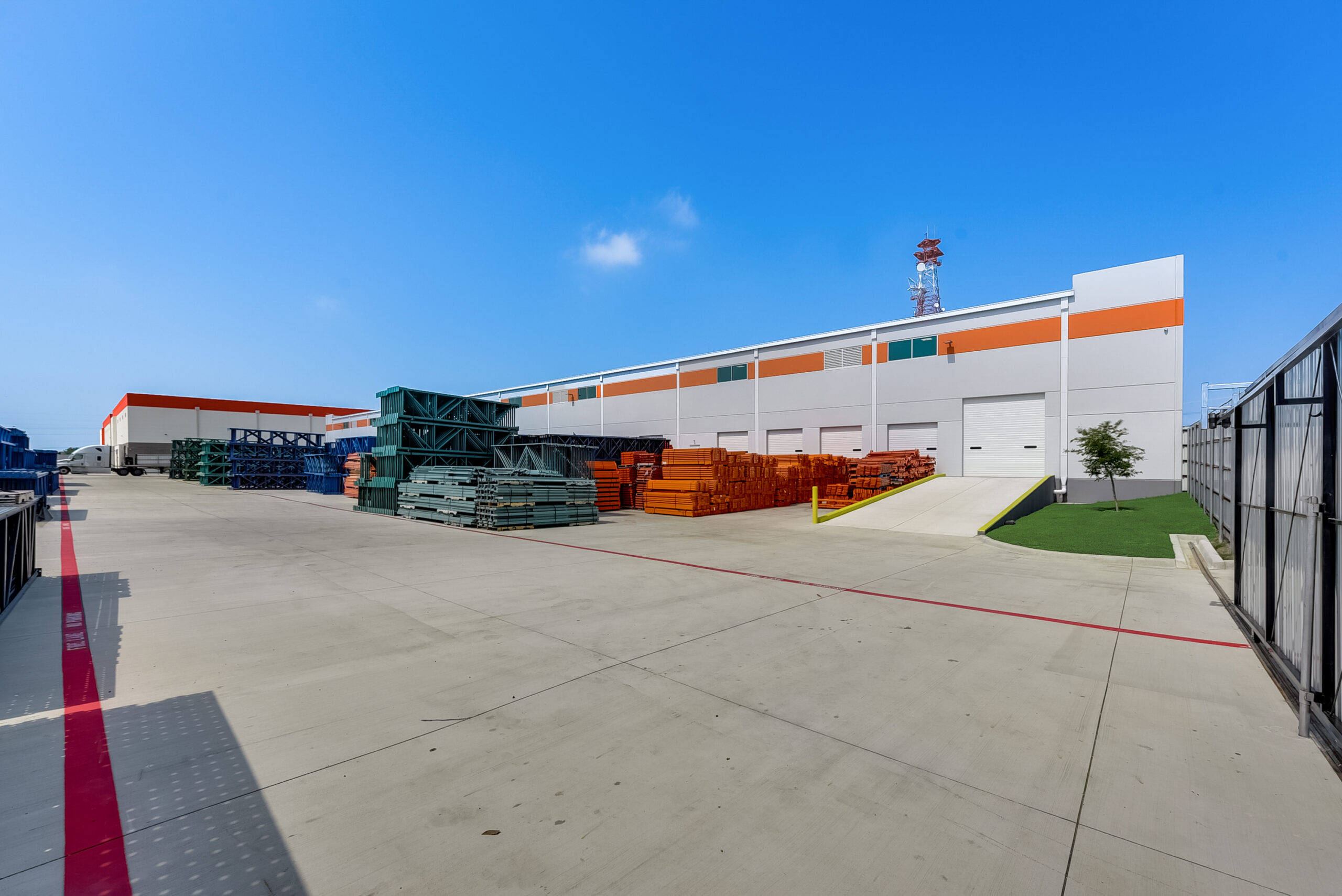
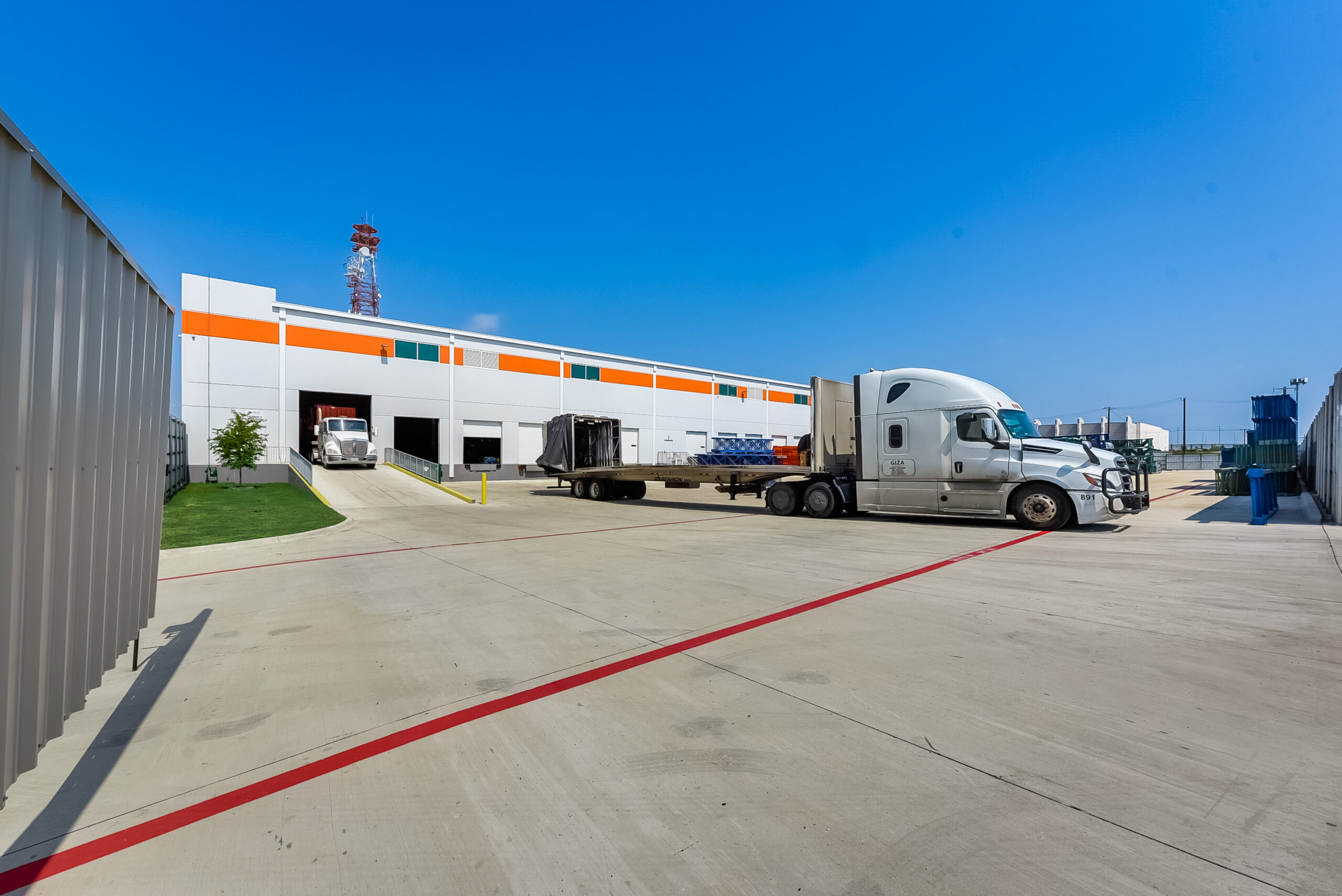
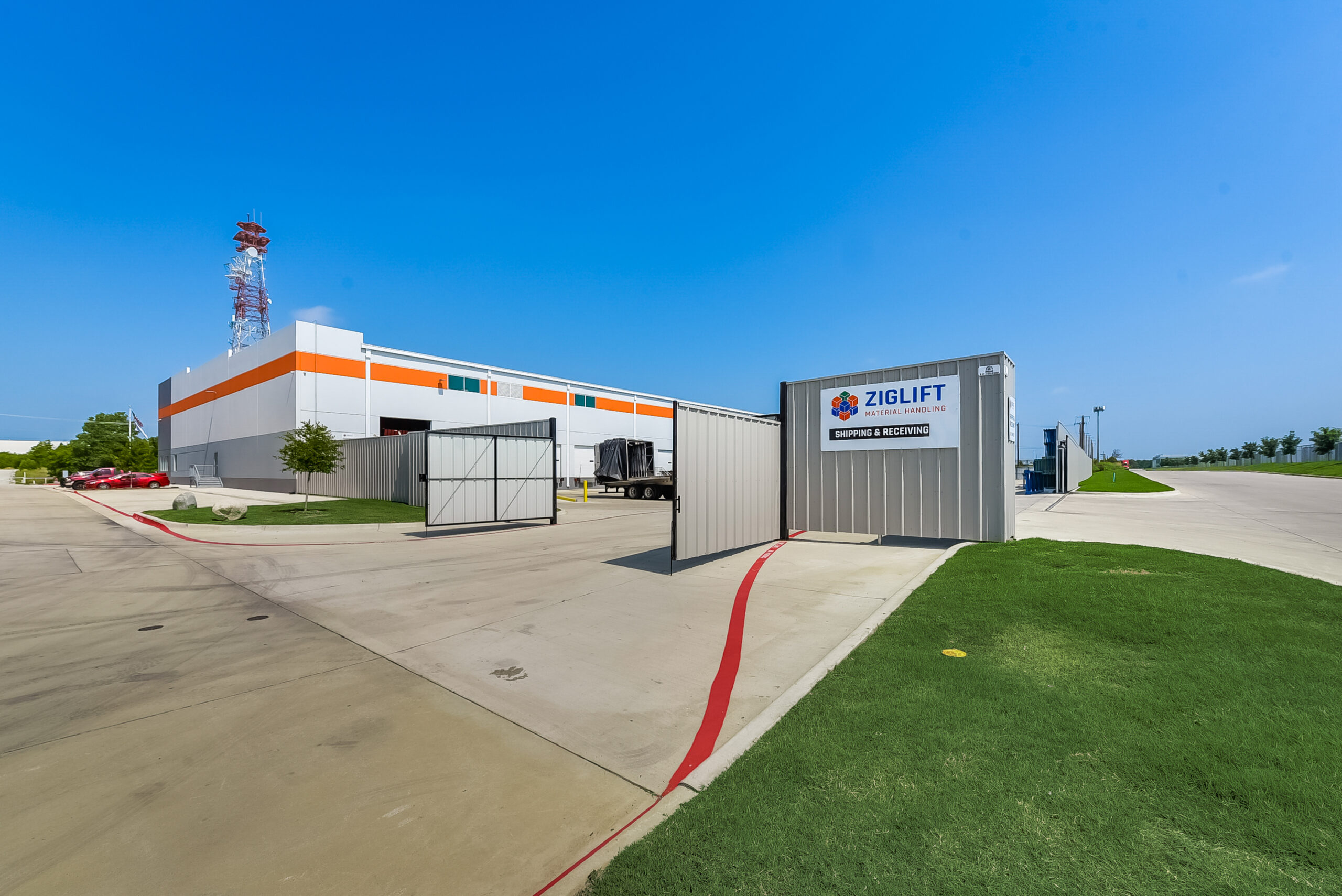
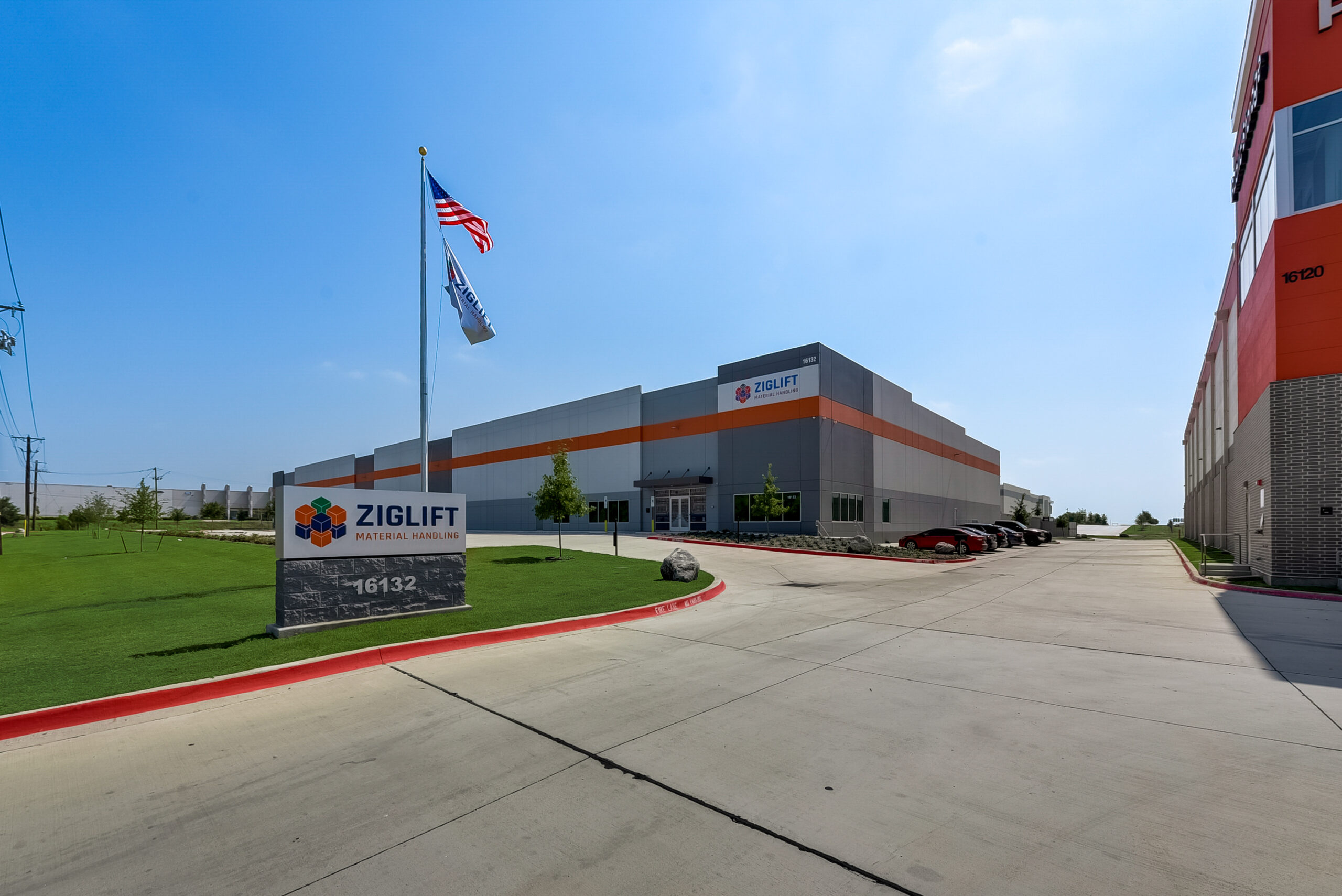
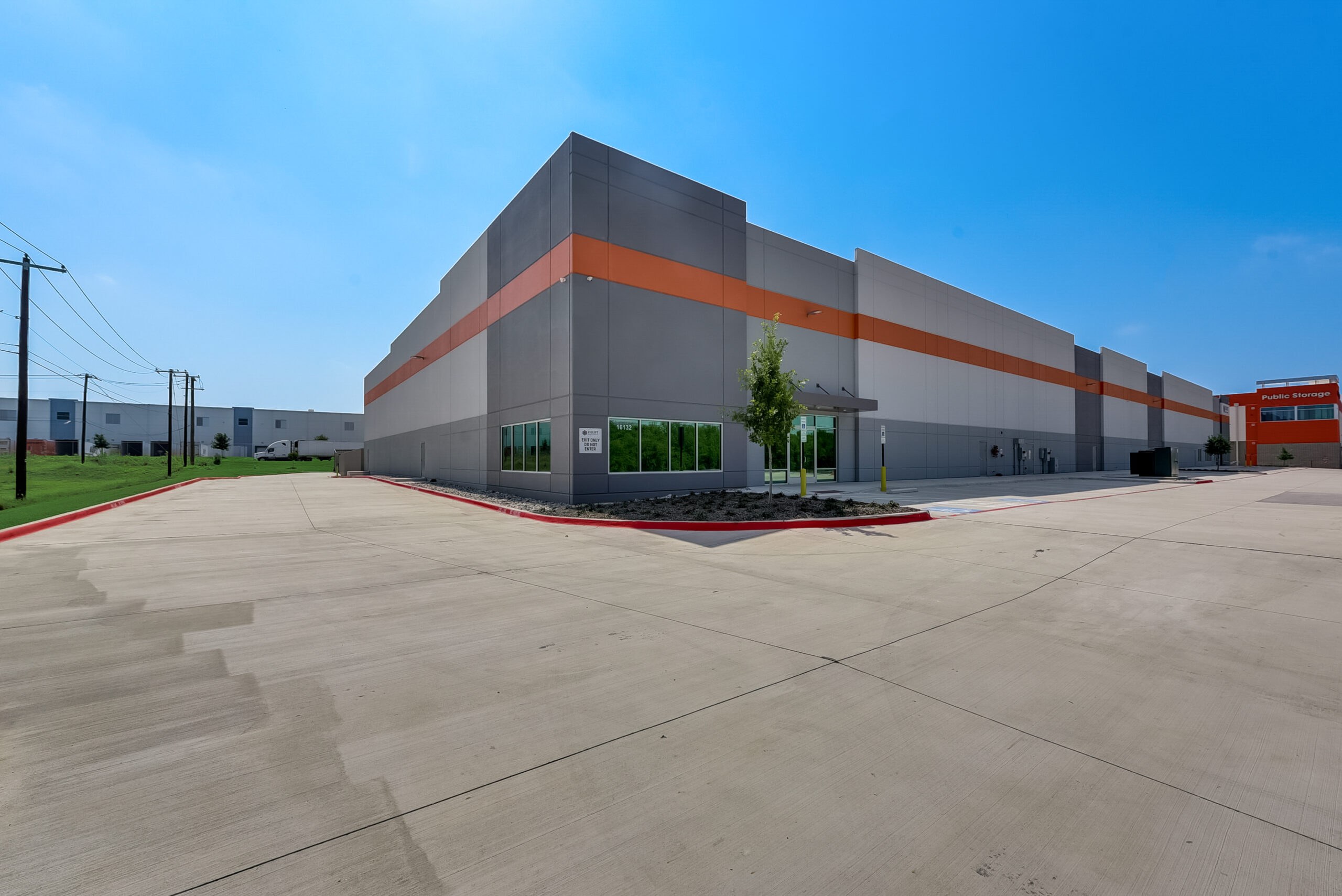





16132 Double Eagle Boulevard
Located in the Speedway Distrubution Park in Alliance, this Build-to-Suit for Ziglift Material Handling was completed in November of 2022.
Building Highlights:
- 60,000 square feet
- 28 foot clear
- ESFR Sprinklered
- 22 Dock High Doors , 2 Drive-in doors
- Custom 3,500 square foot
- office space
- Custom dock packages
- Secured truck court
- Custom Paint scheme
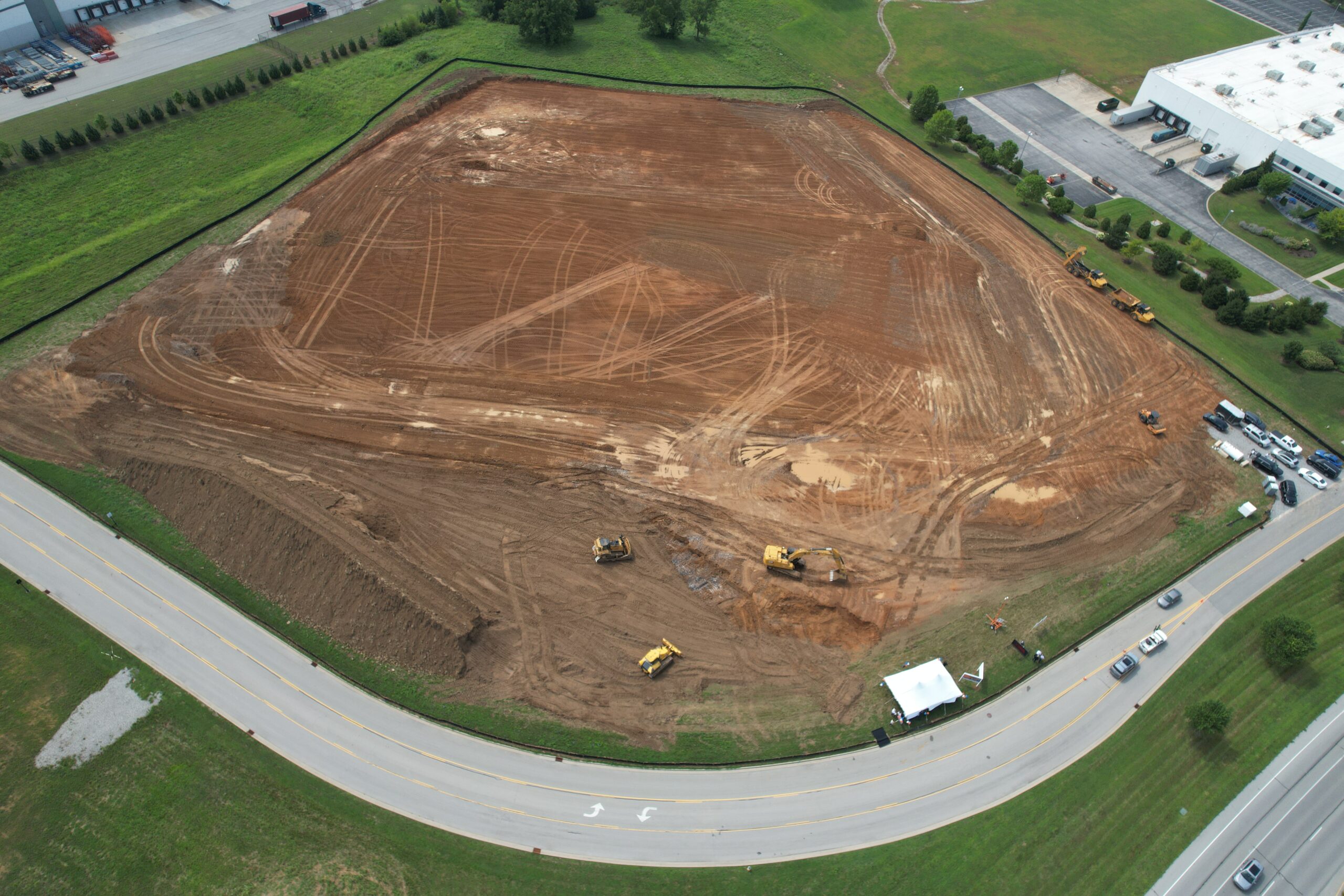






1060 Patrol Road
Located in the River Ridge Commerce Center, this Build-to-Suit for Ziglift Material Handling will be delivered in April of 2025. This is our second build-to-suit project for Ziglift.
Building Highlights:
- 90,000 square feet
- 28 foot clear
- ESFR Sprinklered
- 24 Dock High Doors , 2 Drive-in doors
- Custom 5,000 square foot office space
- Custom dock packages
- Secured truck court
- Custom paint scheme

